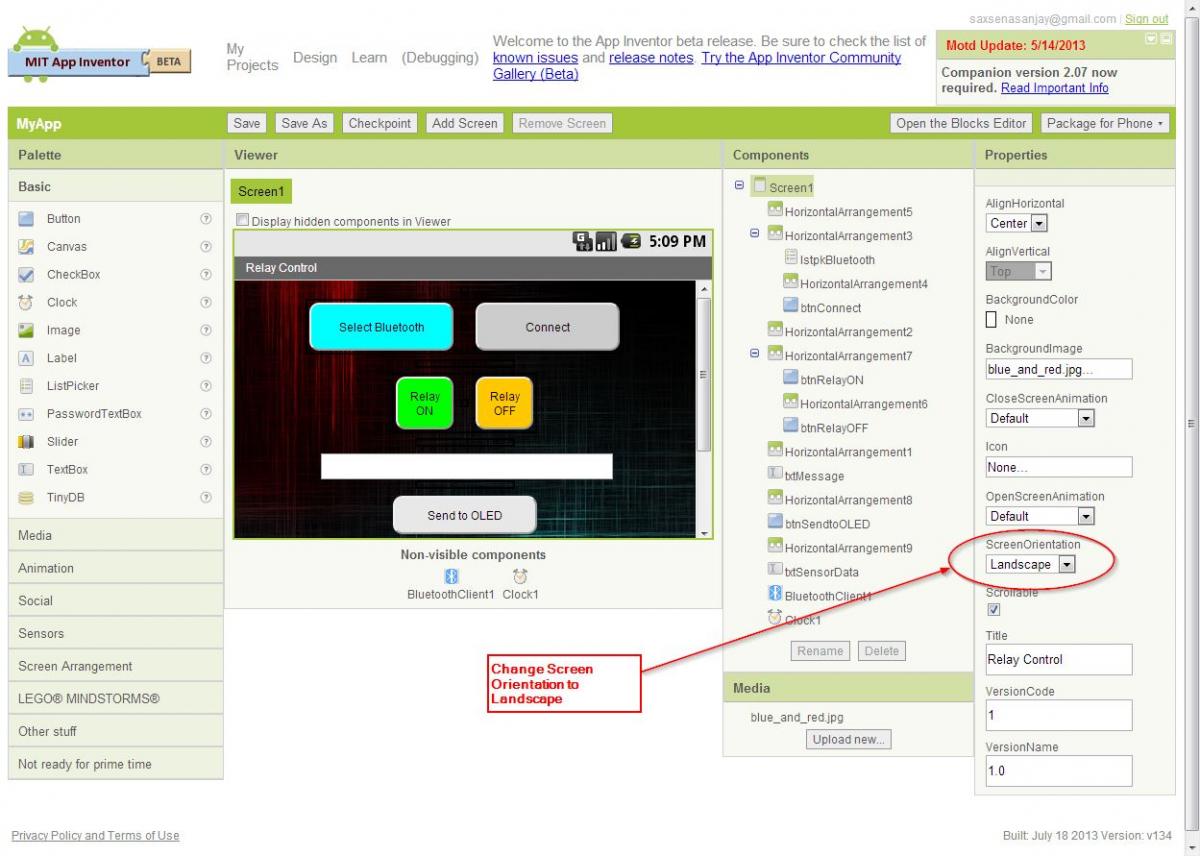

We will programmatically check for this, but device specifications may not list this functionality. Note: The Server will need to support BLE Peripheral Advertising. One will act as the Server, and the other as a Client. To best understand BLE’s inner workings, you will need two phones.

Let’s jump right in and begin building our app.

Part 1 will focus on Server and Client setup and establishing a BLE connection. There are many resources available on Bluetooth on Android, but unfortunately many are incomplete snippets, use out-of-date concepts, or only explain half of the puzzle! In this series, we will learn how to set up both a Bluetooth Low Energy (BLE) Client and Server and demystify the Generic Attribute Profile (GATT) communication process.


 0 kommentar(er)
0 kommentar(er)
